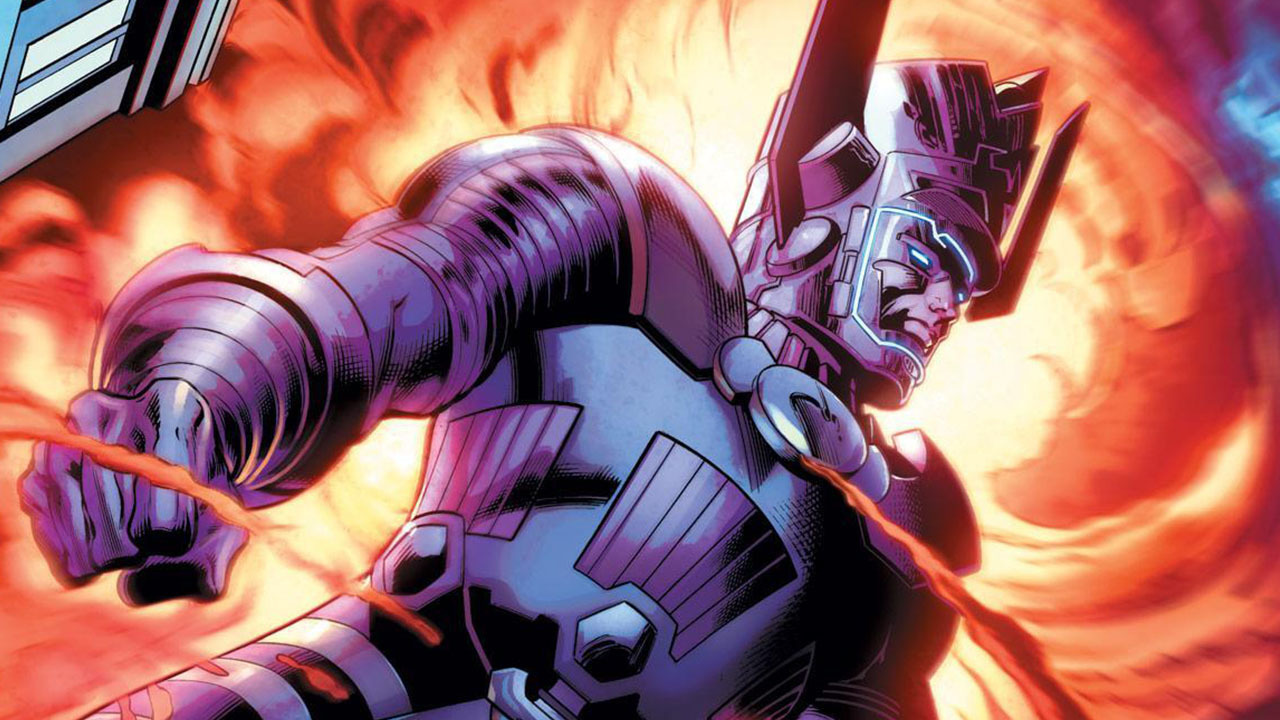Harry Potter is dead. Well, not really, but the character’s time has come to an end, which means that the moment has come for star Daniel Radcliffe to begin his post-wizarding career. He’s begun that path with the horror film The Woman in Black and while it is a surprisingly effective scarefest, it does have one significant flaw: Radcliffe’s age.
The story centers on Arthur Kipps (Radcliffe) a lawyer and widower with a young son. Needing to pay the bills, he accepts a job settling the estate of a recently deceased recluse in small town far from home. What he doesn’t know, however, is that the town is haunted by an evil spirit that takes its revenge against young children, and Arthur’s arrival resurrects the campaign of terror.
A good horror film needs good scares, and The Woman in Black comes through on that. Director James Watkins does a fantastic job establishing atmosphere, using shadows and low light to create a sense of disorientation and panic. The house in which Arthur is working is filled with terrifying toys and porcelain dolls that aren’t scary by themselves, but do a brilliant job adding a creepy ambiance to every scene. Unfortunately, the movie does make heavy use of jump scares, which will effectively raise the audiences’ blood pressure, but feel cheap and phony in the aftermath.
The Woman in Black is also one of the few modern horror movies that actually assumes that people watching are more than brain-dead slugs. While the film has a rich and interesting fable behind it, we are never forced to watch an unnatural, exposition-heavy conversation between characters in which the ghost story is fully explained. Instead, it makes the smart decision to present evidence of the story and has the audience put the pieces together. It’s refreshing to have a story that is both scary and appeals to more than the lowest common denominator.
The film feels like Daniel Radcliffe trying to age himself and get some distance from the aforementioned boy wizard that he famously played for the last decade. Arthur Kipps is meant to be played as a man in constant grief over the loss of his wife. There’s also the fact that Arthur has a four-year-old son, which means, going by Radcliffe’s actual age, the protagonist was only 18 when his child was born and his wife died. The flip side of that, though, is that Radcliffe actually puts on a solid performance. There aren’t many radical emotional changes – he’s largely playing somber and woeful throughout the film – but he’s authentic and makes Arthur interesting to watch. That said, it’s hard not to think that the point would have been enhanced by an older actor whose face better shows the wear and tear of constant anguish.
As a stepping-out film for Daniel Radcliffe The Woman in Black isn’t very effective, but as a whole it’s an effective and creepy ghost story. Screenwriter Jane Goldman does make some missteps along the way, for example, failing to establish how much time has passed between the start of the curse and the start of Arthur’s story, but the movie is well-paced and smartly stays away from unbelievable extremes and twists. It may not elicit screams from everyone that goes to see it, but it is guaranteed to send chills down the spine of even the bravest viewer.

Eric Eisenberg is the Assistant Managing Editor at CinemaBlend. After graduating Boston University and earning a bachelor’s degree in journalism, he took a part-time job as a staff writer for CinemaBlend, and after six months was offered the opportunity to move to Los Angeles and take on a newly created West Coast Editor position. Over a decade later, he's continuing to advance his interests and expertise. In addition to conducting filmmaker interviews and contributing to the news and feature content of the site, Eric also oversees the Movie Reviews section, writes the the weekend box office report (published Sundays), and is the site's resident Stephen King expert. He has two King-related columns.











